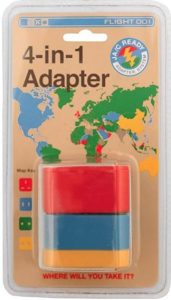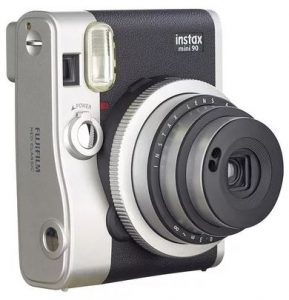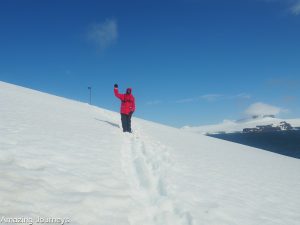What do you most look forward to when getting ready for a vacation? Is it the sites you’ll see, or the fun and exciting things you’ll do? Do you long to explore a new place, or wish to get away from the noise of your day-to-day life? Regardless of which camp you fall into, there’s no better destination to visit than Antarctica. It may seem like a long time away, but for those who have already signed up for our upcoming trip to Antarctica, the countdown to 2020 has already begun! We are looking forward to another amazing expedition to Antarctica and we still have a few spaces for those who want to join us on a truly amazing journey! All of the trip details for our adventure can be found by clicking here and below are nine reasons you should join us on an Antarctic expedition.
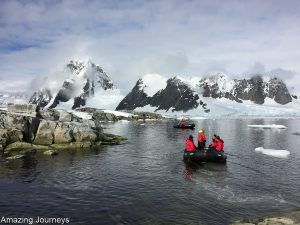
1. The Cold
You probably weren’t expecting this to be first on this list, but there’s something about being in a truly cold environment that wakes up your brain. As long as you’re dressed for the weather (hint: layers), you’ll be fine; in fact, you’ll be amazed by how quickly you adjust to the temperature!
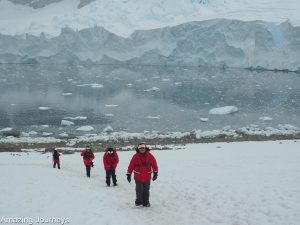
2. Adventure
Adventure is the very nature of an expedition to Antarctica. After all, you certainly don’t go to the Great White Continent to lay out in the sun! Traveling to Antarctica means kayaking, hiking, and exploring one of the most untouched destinations on the planet. When you visit Antarctica, you’re sure to have an experience you’ll never forget.

3. Part of History
Because Antarctica is so far away and has such extreme weather, few people have even visited the continent; which means, when you do visit the southernmost realm, you’re a part of history! Instead of traveling to established destinations, you’re discovering a remote region. Here, you’re part of the story.
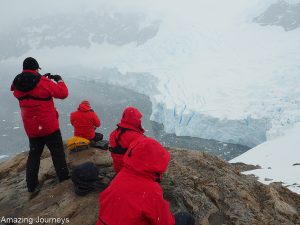
4. The Most Remote Destination
The vast emptiness of Antarctica cannot be exaggerated. When you travel to the region, it’s just you and your shipmates; occasionally, you may meet scientists staying for an extended period of time. You’re not even in a location people used to live—not only has Antarctica never had an indigenous population, there’s no evidence to suggest anyone ever stepped foot there until the last few centuries.
5. Another World
Gabrielle Walker, an environmental scientist who has visited Antarctica to study the effects of climate change, describes the continent as being almost alien.
“The first time I went there,” she says in a video about her travels, “It was like walking on another planet. It’s just ice and rock—no trees, no plants, nothing else. No humans have ever lived there, so it really was like walking on the moon…”
Anyone who has ever been fascinated by the thought of traveling through space to an uninhabited world can find that experience right here on Earth, no spaceship required. Antarctica is your alien landscape right at home.

6. Wildlife
That uninhabited quality means the wildlife, particularly the penguins, have no fear of humans at all. They’ve never had predators on land, so they’re confident—and extremely curious. Traveling to Antarctica is your chance to get up close and personal with everyone’s favorite flightless bird.
In addition to penguins, there are also many whales and seals that live in the southernmost part of the world. If you travel to their feeding and breeding grounds, you’ll get a glimpse into their lives in the wild—something no zoo or aquarium can ever truly replicate.

7. Science
From a scientific perspective, Antarctica is one of the most exciting places in the world. It likely comes as no surprise that this is a prime destination for those studying climate change, but it’s also a favorite spot for astronomers. The clear air, stable weather, and absence of light pollution make the South Pole one of the best places in the world to look at the sky, which means scientists can take a better look at what’s happening in the universe around us. It also gives even casual stargazers visiting Antarctica a chance to see the night sky like no other place on Earth.

8. Icebergs
Even if you’ve seen icebergs before, you’ve never seen ones like those in Antarctica. As your ship draws nearer to the Great White Continent, the concentration of icebergs increases. These floating structures come in all shapes and sizes, and no two are alike—you’ll be amazed at the sight of dozens of icebergs surrounding you on all sides.

9. Photography
Whether you’re a casual hobbyist, or hoping to become the world’s next great nature photographer, Antarctica presents the opportunity of a lifetime. From the utterly un-shy creatures to the foreign and captivating landscapes, this continent will give you the chance to take some absolutely incredible pictures. The images you capture here will be unlike any you’ve shot before.
With such incredible beauty, awe-inspiring landscapes, playful wildlife and an amazing group to travel with, this is truly a trip of a lifetime! We hope you will join us as we travel to this unbelievable destination!
Edited from Hurtigruten




















